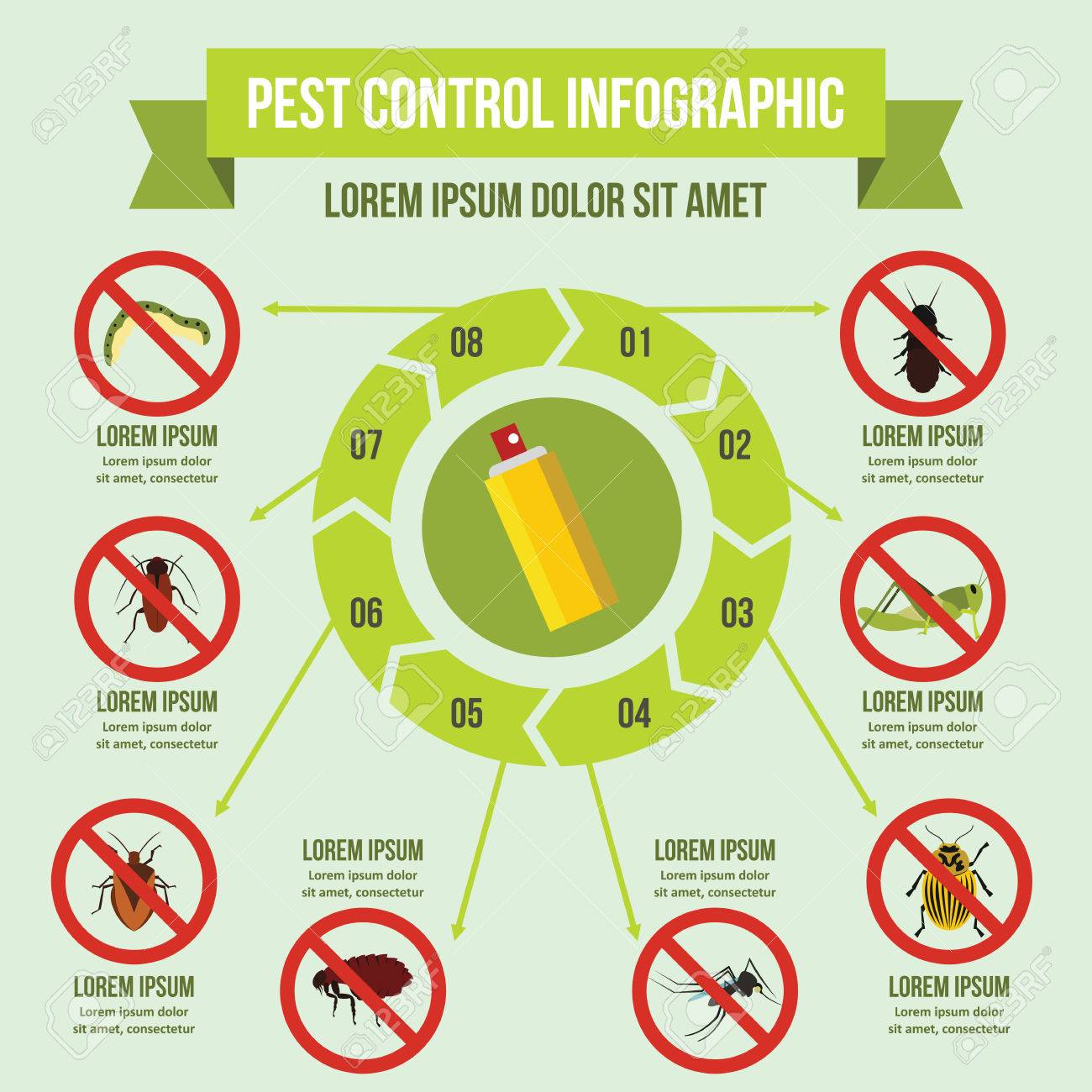Insights From Specialists On Rodent Behavior For Effective Insect Control
Insights From Specialists On Rodent Behavior For Effective Insect Control
Blog Article
Authored By- bug services
Visualize having the ability to expect the actions of your opponents in a game of chess, constantly staying one step in advance.
In the world of pest control, recognizing rodent actions is like having that calculated benefit. By acquiring professional understandings into the nesting behaviors, feeding patterns, and communication and social behavior of rats, you can effectively deal with these pesky animals.
Yet exactly how precisely do rats act, and why is it vital to know? In this conversation, we will certainly decipher the enigmas of rodent habits, supplying you with beneficial expertise that will certainly help you stay in advance in the battle versus insects.
Are you ready to discover the secrets of these cunning animals?
Nesting Habits
To recognize rodent behavior and properly control parasites, it is very important to acquire understanding into their nesting habits.
Rodents, such as mice and rats, have a natural impulse to discover sanctuary and produce nests where they really feel risk-free and safe and secure. These nests act as their homes, breeding premises, and storage areas for food. Recognizing their nesting practices can assist you identify prospective locations of problem and implement targeted control measures.
Rats typically prefer nesting in dark, secluded spaces, such as attics, basements, crawl spaces, and wall voids. They use materials like shredded paper, fabric, insulation, and even chewed-up electric cords to develop their nests.
Feeding Patterns
Rodents exhibit unique feeding patterns that play an important function in their actions and can educate effective bug control methods. Recognizing these patterns is essential for executing effective pest control steps.
Rodents are opportunistic feeders, indicating they'll take in whatever food is easily available. They've a preference for high-calorie foods such as grains, nuts, and seeds. This is why proper storage of food and waste administration are essential in preventing rodent problems.
Additionally, rats are nighttime, which indicates they're most active during the night when they look for food. By knowing their feeding patterns, you can strategically position traps and baits to maximize their efficiency.
Maintaining food sources unattainable and preserving a clean environment can help discourage rats and reduce the danger of problem.
Communication and Social Behavior
Comprehending exactly how rodents connect and communicate socially is important for efficient bug control methods. Rats, like mice and rats, have complex communication systems that they make use of to communicate info per various other and coordinate their tasks. Here are https://www.palmbeachpost.com/story/lifestyle/nature-wildlife/2023/06/08/tips-summer-critter-alligator-snake-pest-control-florida-2023/70292134007/ of rodent interaction and social habits:
1. Vocalizations: Rats produce a wide variety of singing sounds, consisting of squeaks, tweets, and chattering, to interact with each other. These vocalizations can share various messages, such as threat warnings or mating calls.
2. Scent marking: Rodents utilize scent glands to leave chemical signals on things and in their setting. These scent marks act as territorial borders and communicate info regarding reproductive status, supremacy, and social affiliation.
3. Social hierarchy: Rats have a hierarchical social structure, with leading people having accessibility to resources and chosen nesting websites. Recognizing this pecking order is essential for targeting parasite control efforts and identifying essential people for removal.
Conclusion
So, there you have it - a short look right into the fascinating world of rodent behavior. By recognizing their nesting practices, feeding patterns, and communication, we can much better deal with the concern of insect control.
Did you recognize that a female computer mouse can create as much as 10 litters each year, with each trash consisting of around 5-6 pups? This astonishing fact highlights the importance of punctual and effective insect administration to avoid rodent populations from spiraling out of control.
